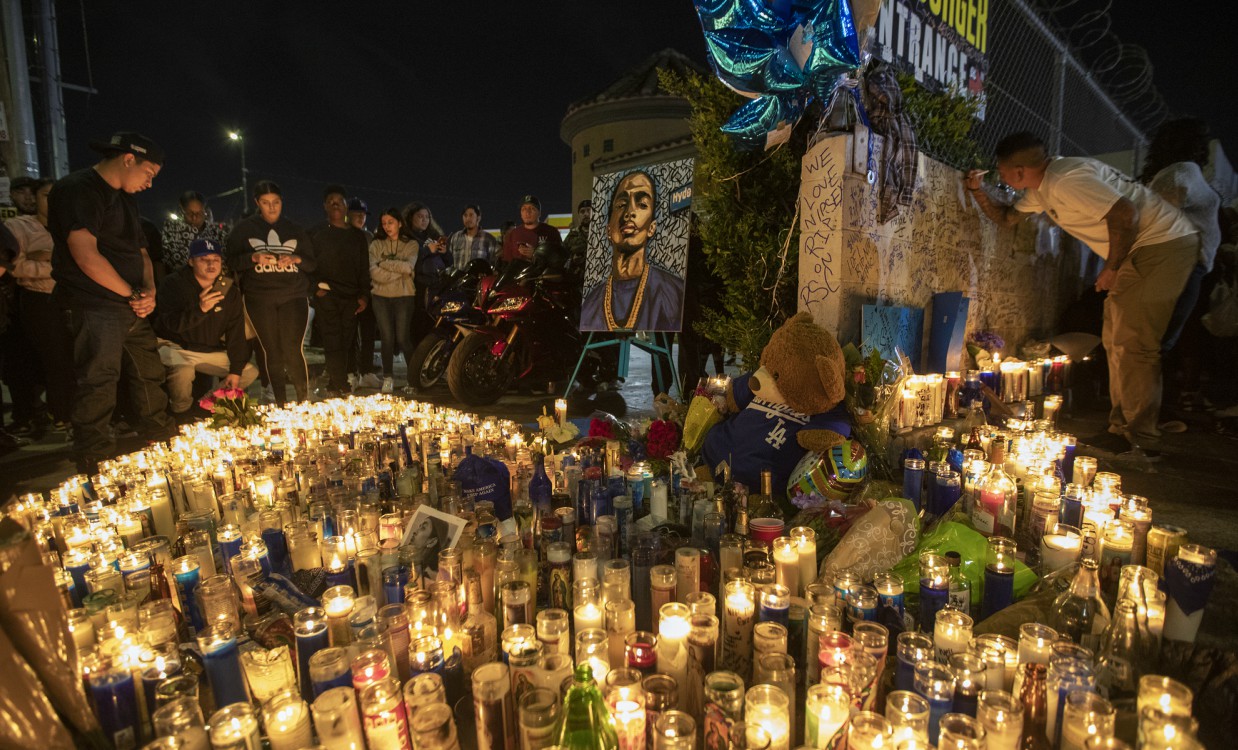
Today, the ease with which the public is served, and allowed to consume, videos depicting “police brutality and vigilante murders an extension of that tradition.” They were a “method of social and racial control” used to “terrorize Black Americans into submission” and deter them challenging white supremacy. These organized lynchings were designed to “humiliate and inflict pain and suffering on Black bodies”. On-lookers were even allowed to take home a souvenir, usually a piece of rope, or a piece of the victim’s flesh or bone. Weeks before these planned lynchings, the “event” would be advertised in local papers as an invitation for people to come from all over, not just to bear witness to black death, but to eat and socialize while the victim was tortured, and take pictures for postcards after the victim had been killed and the body had been burned. An overwhelming majority of these lynchings took place in the South and were treated as celebrations. From 1882-1968, 4,743 people were lynched in the United States, and 3,446 (72.7%) of them were Black. Long before the deaths of Black people were social media click bait, lynchings were arranged as social gatherings. It is necessary to underscore that this country’s obsession with Black pain and death predates the internet. As the numbers rise and the names increase, the question we must ask is whether the awareness that these videos bring outweighs the trauma that they continually inflict on already suffering communities. The continual viewing of videos and images of Black bodies being mercilessly assaulted and murdered, coupled with the knowledge that society does not often punish those actions, unquestionably satisfies those risk factors. According to the National Institute for Mental Health, factors that increase the risk of PTSD include: living through dangerous events and traumas seeing another person hurt, or seeing a dead body and feelings of horror, helplessness, or extreme fear. The American Psychological Association reports that racialized groups battle higher rates of post-traumatic stress disorder, compared to White Americans. This year alone includes Ahmaud Arbery, Jacob Blake, and too many others.

The viral clips are always the same, but with different names and faces – Rodney King in 1992, Eric Garner in 2014, and Tamir Rice four months later, Walter Scott in 2015, Alton Sterling in 2016, and Philando Castile the following day. However, for many Black people, these videos are not informative, they are terrorizing. For some, the eight minutes and forty-six seconds that George Floyd laid on the ground with Chauvin’s knee pressing into his neck was an awakening to the motivation behind the Black Lives Matter movement.

The video of Floyd’s slow death was shown on news stations across the world, the homepage of search engines, and on social media platforms like Facebook, Instagram, and Twitter. Many people, myself included, witnessed a man die before so much as having their morning coffee. The nearly nine minute long cellphone video capturing Floyd’s pleas for his life and cries for his mother went viral overnight. This is the very reason that, on May 26, 2020, the morning after his death at the hands of now former Minneapolis police officer, Derek Chauvin, George Floyd became a household name. In the age of technology, daily portions of such media are readily available and often presented without warning. The Grio defines Trauma Porn as “any type of media – be it written, photographed or filmed – which exploits traumatic moments of adversity to generate buzz, notoriety or social media attention”. From Lynching to Livestreams: Trauma Porn and the Historic Trivializing of Black Death


 0 kommentar(er)
0 kommentar(er)
